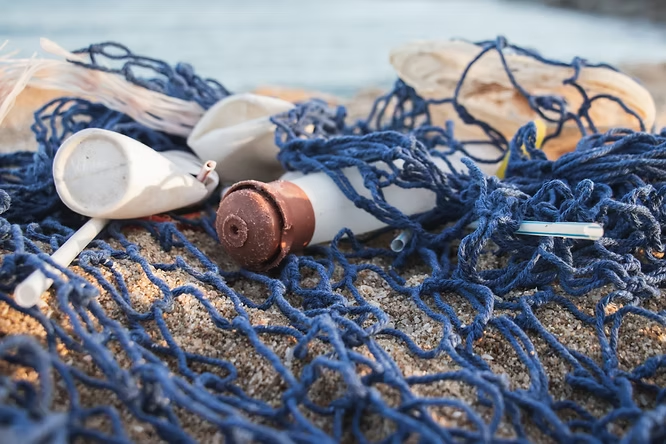Plastic Waste and Its Global Reach
Plastic waste of every shape and size has infiltrated the world’s oceans, appearing on beaches, in fish, and even trapped in Arctic sea ice. A recent report from the National Academies of Sciences, Engineering, and Medicine highlights how significant the U.S. role is in this global crisis. As one of the largest producers of plastic resin – the base material for nearly all plastic goods – the U.S. also imports and exports billions of dollars’ worth of plastic annually.
The U.S. Contribution to Plastic Pollution
On a per capita basis, the United States generates far more plastic waste than other major nations, including China. In fact, research shows that the U.S. is the single largest source of plastic waste worldwide, much of which is exported and mismanaged abroad. Recycling efforts are inadequate, with only a small fraction of household plastic waste being recycled. The report describes the U.S. recycling system as “grossly insufficient” to handle the sheer quantity and complexity of plastic streams.
Why This Matters for the Oceans
Scientists have studied plastic pollution in marine ecosystems since the late 1960s, but attention surged in the early 2000s after the discovery of the Great Pacific Garbage Patch. Ocean currents trap floating plastic into vast gyres, creating concentrated regions of waste thousands of miles across. Similar garbage patches now exist in the South Pacific, North and South Atlantic, and the Indian Ocean.
This pollution affects marine life on a massive scale. Over 700 species are known to ingest plastic, including more than 200 species of fish that people consume. Plastic particles also enter food webs by breaking down into microplastics, which contaminate seafood and drinking water alike.
Implications for Human Health
Plastic contamination extends beyond marine life. People ingest and inhale microplastics daily, whether through packaged foods, bottled beverages, or even household dust. While research is still in its early stages, evidence suggests worrying effects on human health:
- Chemicals linked to plastics may disrupt hormones and regulatory processes in the body.
- Children may be particularly vulnerable to developmental problems from exposure.
- Microplastics and their additives could influence metabolism in ways that increase obesity risks.
What Needs to Happen Next
While the new report is a crucial acknowledgment of the U.S.’s role in the global plastic crisis, it stops short of offering strong, actionable goals. Experts argue that concrete solutions are necessary, from improved recycling systems to strict targets for waste reduction. Tackling this issue will require both national and international cooperation, along with changes in industry practices and consumer behavior.
Ultimately, reducing plastic waste is not only about preserving marine ecosystems – it is also about protecting human health and ensuring a sustainable future for the planet.

